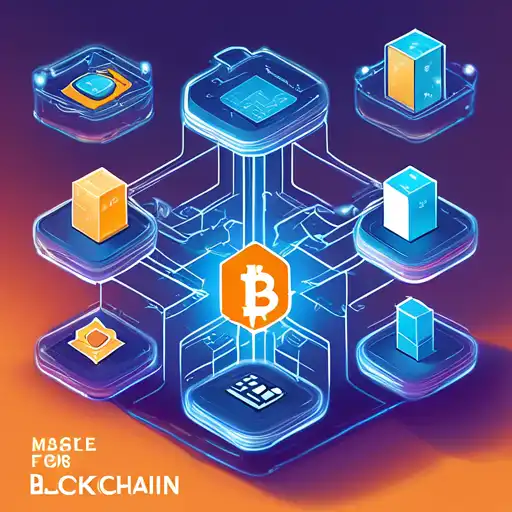What is Blockchain?
Blockchain technology is a decentralized digital ledger that records transactions across many computers in such a way that the registered transactions cannot be altered retroactively. This technology is the backbone of cryptocurrencies like Bitcoin, but its potential applications extend far beyond digital currencies.
How Does Blockchain Work?
At its core, a blockchain is a chain of blocks, where each block contains a list of transactions. Each block is linked to the previous one through a cryptographic hash, creating a secure and unbreakable chain. This ensures the integrity and transparency of the data recorded on the blockchain.
Key Features of Blockchain
- Decentralization: Unlike traditional ledgers, blockchain does not rely on a central authority.
- Transparency: All transactions are visible to anyone within the network.
- Immutability: Once a transaction is recorded, it cannot be altered or deleted.
- Security: Cryptographic hashing ensures that the data is secure from tampering.
Benefits of Blockchain Technology
Blockchain offers numerous benefits, including enhanced security, increased transparency, and reduced costs by eliminating intermediaries. It has the potential to revolutionize industries such as finance, healthcare, and supply chain management.
Applications of Blockchain
Beyond cryptocurrencies, blockchain can be used for smart contracts, supply chain tracking, secure voting systems, and more. Its ability to provide secure, transparent, and tamper-proof records makes it ideal for a wide range of applications.
Getting Started with Blockchain
For beginners interested in exploring blockchain, starting with a basic understanding of how it works and its potential applications is key. There are many resources available online, including tutorials and courses, to help you get started.
Blockchain technology is still in its early stages, but its potential to transform various sectors is undeniable. By understanding the basics, you can position yourself at the forefront of this technological revolution.
For more information on related technologies, check out our guide on Cryptocurrency Basics.
